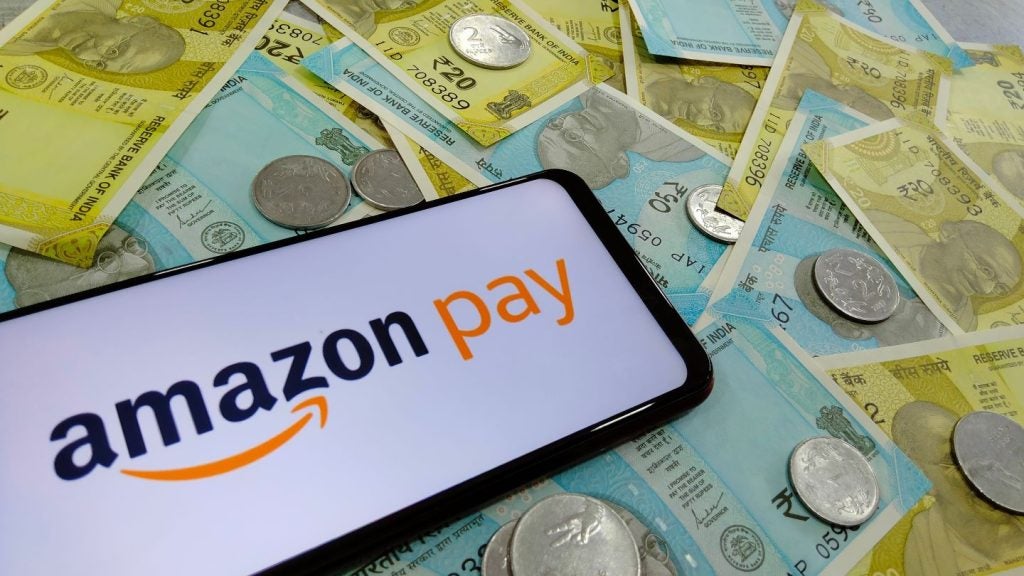Debit, credit and contactless card usage are all on the
up in Singapore as the payments industry benefits from government
support and the city-state’s reputation as a financial hub.
Maryrose Fison reports on the latest developments in this small but
highly-influential market.
Government initiatives to increase
the number of payment terminals and consumer interest in
contactless cards point to another year of growth in Singapore’s
electronic payments market.
A report released by consultancy
Celent this month says that while other countries in South-East
Asia lag behind in the electronic payments arena, card usage has
ballooned in Singapore.
In spite of its relatively small
size, with a land area covering just 707 square kilometres (272
square miles) and modest population of 4.8m inhabitants, the latest
figures indicate Singapore has not only cemented its position as a
major financial hub in Asia but has also become a centre for
growing credit, debit and contactless card payments.
According to the latest figures,
debit card usage has expanded almost beyond recognition over the
past four years and rising card use is expected to continue over
the coming years.

US Tariffs are shifting - will you react or anticipate?
Don’t let policy changes catch you off guard. Stay proactive with real-time data and expert analysis.
By GlobalDataIn 2008, Celent’s figures show 9.5m
debit cards were in issue, corresponding to 180m card transactions
worth $15bn. This contrasts to a somewhat different picture back in
2005, when 7.5m cards were in issue, resulting in 120m transactions
that collectively amounted to $6.5bn.
Yet, this growth has not been
accidental. Directly underpinning the rise in usage has been a
state-sponsored effort to put more point of sale (POS) terminals
into retail outlets across the country.
The number of machines has risen
steadily in line with the increasing rate of transactions. In 2004,
there were 27,000 POS terminals; by 2008 this figure was up to
84,000.
Credit card use
soars
While there were more debit cards
in circulation last year, growth in credit cards presents a steeper
trajectory over the same period. Between 2005 and 2009, credit
cards rose at a compound annual growth rate of 10.7% (compared to
8.6% over the same period for debit cards) with 6.6m cards issued
in 2009, compared to 4.4m in 2005.
In line with the rising number of
cards issued, the value of transactions also skyrocketed, nearly
doubling to just shy of $19bn in 2009, compared to $10bn in
2004.
Much of the upward trend can be
related to the country’s burgeoning economy. Since gaining
independence in 1965, Singapore has been widely viewed as a model
of economic and social development.
According to the World Bank, it had
a 95% literacy rate and 3.2% unemployment in 2008. Over the three
decades to 1995 it achieved an annual average growth rate of 8.8% –
a trend which has only been broken a handful of times (following
the 2001 Asian financial crisis, the outbreak of Severe Acute
Respiratory syndrome – SARS – in 2003, and following the onset of
the global financial crisis in 2008). It has one of the highest per
capita GDPs within Asia at S$53,192 ($40,096).
However developments in technology,
which comprise a major industrial sector in the country, look set
to accelerate card use even further. In early 2010, NETS (the
Singapore electronic payment services provider) introduced mobile
phones to the market, offering special credit card functionality to
give phone owners a mobile purse option.
Celent has predicted this new
feature will encourage more transactions, driving the value of
funds transferred using credit cards in coming months.
This new phone application is not
the only major technological development affecting card usage. The
country has experienced substantial growth in contactless cards and
e-money.
Contactless payment cards have been
in existence in the country since 2002. However, a government
initiative to raise the standard in early 2009 has recently sped up
the adoption.
In 2009, NETS, one of Singapore’s
major debit card providers, launched a contactless debit card that
could be used to pay for public transport, used in retail outlets
and at highway toll booths.
The value of these transactions,
however, remains significantly lower than those conducted by credit
and debit cards, almost certainly as a result of their still
somewhat limited functionality (tending to be restricted to
payments for public transport, toll booths and retail outlets).
In contrast and because of
increasing card usage, the country is seeing a decline in the use
of more traditional forms of payments such as cheques.
Since 2007, both the value of funds transacted and the numbers
of cheques submitted for payments contracted. In 2007, the value
transacted stood at $490bn, but this had reduced to $460bn by 2008
and is estimated to have reached $450bn in 2009.








